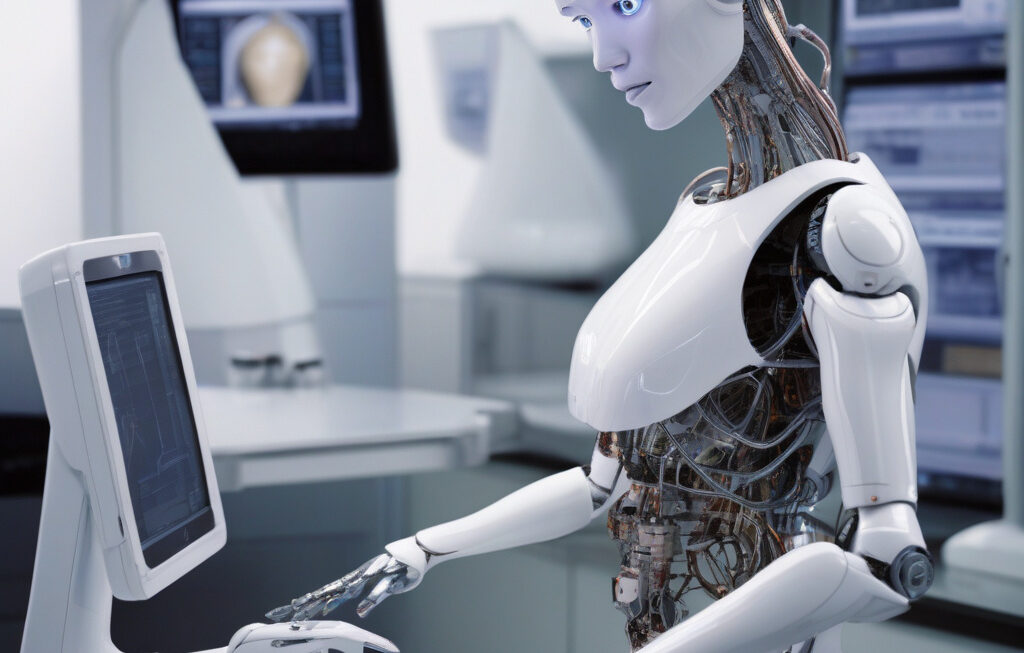Robots that Mimic Therapy Horses: Revolutionizing Treatment of PTSD, Trauma, and Autism
Researchers in the UK have designed a new groundbreaking type of social robot that mimics the calming and therapeutic effects of therapy horses, aiming to revolutionize the treatment of PTSD, trauma, and autism. This innovative approach combines cutting-edge technology with the proven benefits of animal-assisted therapy, offering a promising solution for individuals struggling with these conditions.
The idea of using robots to assist in therapy is not new, but the concept of creating robots that replicate the gentle and empathetic nature of therapy horses opens up a world of possibilities. These robots are equipped with advanced sensors and AI capabilities that allow them to interact with humans in a way that is both intuitive and responsive. By leveraging the natural human-animal bond that has long been recognized in therapeutic settings, these robots can provide emotional support and companionship to those in need.
One of the key advantages of using robot therapy animals is their ability to offer consistent and reliable support. Unlike real animals, robots do not get tired, stressed, or agitated, ensuring that they can be available whenever they are needed. This reliability is particularly crucial for individuals with PTSD, trauma, or autism, who may struggle to form connections with others or feel comfortable in social situations.
Moreover, robot therapy animals can be programmed to adapt to the specific needs of each individual, providing personalized support that is tailored to their unique preferences and comfort levels. This level of customization can enhance the effectiveness of therapy sessions and help individuals feel more engaged and supported throughout the treatment process.
In addition to their therapeutic benefits, robot therapy animals also offer practical advantages that make them a valuable tool in healthcare settings. For instance, these robots can be easily transported to different locations, allowing individuals to access therapy services even in remote or underserved areas. Furthermore, the use of robot therapy animals can help reduce the workload of healthcare providers, freeing up time and resources to focus on other critical tasks.
The potential impact of robots that mimic therapy horses extends beyond individual therapy sessions. These robots have the potential to transform the way we approach mental health care, opening up new possibilities for innovative treatment methods and interventions. By combining the best of technology and animal-assisted therapy, researchers are paving the way for a future where individuals with PTSD, trauma, and autism can receive the support they need to thrive.
As we look towards the future of healthcare, it is clear that robots that mimic therapy horses have the potential to forever change the landscape of mental health treatment. By harnessing the power of technology to replicate the healing effects of animal-assisted therapy, we can provide new hope and opportunities for those in need. With further research and development, these robot therapy animals could soon become an integral part of holistic care approaches, offering comfort, support, and companionship to individuals facing mental health challenges.
In conclusion, the emergence of robots that mimic therapy horses represents a significant step forward in the field of mental health care. By combining the benefits of technology and animal-assisted therapy, these robots offer a unique and innovative approach to supporting individuals with PTSD, trauma, and autism. As we continue to explore the potential of these robot therapy animals, we may unlock new possibilities for healing, growth, and resilience in the face of mental health struggles.
robot therapy, mental health, technology, PTSD, innovation












